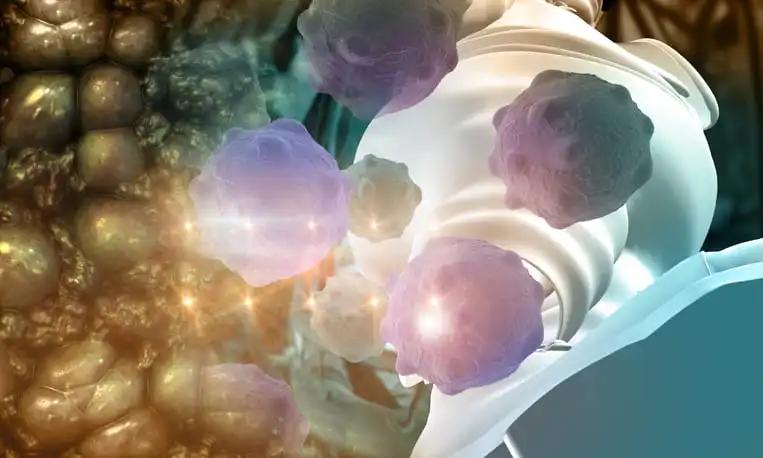KEY TAKEAWAYS
- The CANTO study aimed to investigate the development of a predictive model for AIMT and identify key targets for patients with BC.
- Researchers found that including pain, anxiety, and BMI in the predictive model can improve early identification of AIMT.
Aromatase inhibitor musculoskeletal toxicity (AIMT) is a prevalent issue among patients with early breast cancer (EBC) undergoing treatment with aromatase inhibitors (AI), potentially leading to treatment discontinuation and adverse effects on clinical outcomes.
Pietro Lapidari and the team aimed to develop a predictive AIMT model and identify potential early intervention targets.
They performed an inclusive analysis of postmenopausal patients with stage I-III BC treated with adjuvant AI from the CANTO study (NCT01993498). The outcome of interest was AIMT after 3 years of treatment, defined as any grade of articular or muscular pain according to CTCAE v4.0.
Potential predictors at diagnosis, including clinical, behavioral, treatment-related, and patient-reported variables (EORTC QLQ-C30, HADS), were evaluated in a development cohort using multivariable logistic regression. The predictive model was subsequently validated among patients from a later enrolment period.
A total of 3399 postmenopausal patients were evaluated, with 54.8% starting treatment with letrozole, 39.9% with anastrozole, and 5.3% with exemestane. At the 3-year mark, 65.4% of patients reported AIMT, and 9.0% experienced grade 3 toxicity. Determinants of AIMT in the development cohort (n=2390) included higher BMI, prior osteoarticular conditions (mainly arthrosis and bone fractures), and baseline pain and anxiety reported by patients.
These factors were validated as predictors in a separate cohort (n=1009). The inclusion of the AI type in the model revealed that anastrozole was linked to a higher AIMT risk compared to letrozole, with odds ratios of 1.39 [1.16-1.67] in the development cohort and 1.40 [1.07-1.84] in the validation cohort.
The study concluded that a clinical predictive model for AIMT can be developed using baseline factors such as pain, anxiety symptoms, and higher BMI. These factors are actionable targets for early intervention. Further refinement of the model is necessary to address the interindividual variability of this debilitating symptom.
The study was sponsored by the UNICANCER.
Source: https://cslide.ctimeetingtech.com/esmo2024/attendee/confcal/show/session/195
Clinical Trial: https://clinicaltrials.gov/study/NCT01993498
Lapidari P, Lustberg M, Havas J, et al. (2024). “Development and validation of a predictive model of aromatase inhibitor musculoskeletal toxicity (AIMT) among patients (pts) with early breast cancer (EBC).” Presented at ESMO 2024 (Abstract 1818MO).



